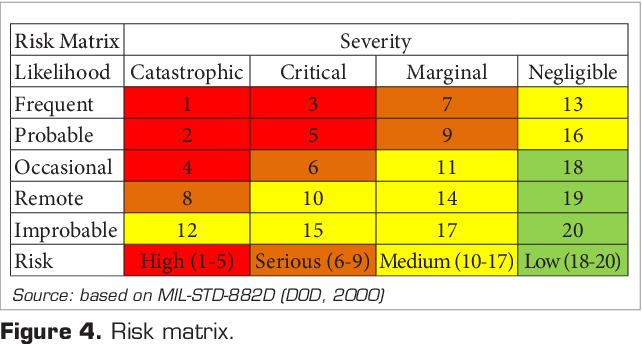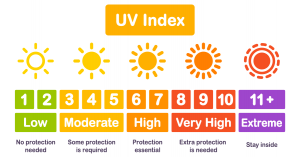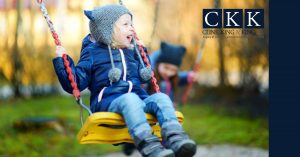 With the information and circumstances regarding COVID19 in our current world, it’s a good time to review how we as humans consider risk. In general, humans are poor at evaluating true risk as we do not understand the elements of risk.
With the information and circumstances regarding COVID19 in our current world, it’s a good time to review how we as humans consider risk. In general, humans are poor at evaluating true risk as we do not understand the elements of risk.
Most of us are raised on controlling risk with slogans and campaigns.
- Be Safe
- Don’t Drink and Drive
- Click It or Ticket
While catchy, most slogans leave a lot open to interpretation. Many will say it is common sense, but what is common for you might not be common for your friend or your neighbor, or anybody else. Common sense isn’t common. So, as a society, relying upon a slogan for risk recognition is similar to building a house on quicksand.
What is Risk then?
Risk is defined as the probability of an undesired result occurring and has three main components.
- Risk Recognition.
- Risk Acceptance.
- Risk Probability and Severity.
This is the scientific approach but can and should be applied to life.
Risk Recognition
Risk recognition is as it sounds. It is recognizing if there is a risk. We do this based on past experiences combined with social and behavior factors. If it’s an unfamiliar situation, we ascertain the task requirements of a situation. Then we determine the skill and ability in the task we need to conduct. Based on the information we evaluation our personal probability of success (also known as our value judgment).
In the current COVID19 world, we would say the task requirement is going out, the skill and ability needed to conduct the task would be social distancing, and the value judgement would be determining when/where to go.
Risk Acceptance
The second component of risk is risk acceptance. Take your value judgment and ask, “Is risk worth it?”
- Yes? Engage task.
- No? Decline.
Many times, especially in today’s situation, we might determine more information required before we can accept the risk. Is further information on tasks requirements and skill available? It may not be available, and you would then decline to accept the risk. (Example: Not knowing the infection rate an area might make you decline going to a specific store in that area.)
When further information is available you then determine if it provides a sufficient basis for a decision of accepting the risk. If yes, go back and determine whether to accept your value judgement. If no, you would decline the engagement.
In today’s COVID19 world, this is an extremely difficult step as reliable data is hard to come by. We’re relying on the data we can find and sometimes it’s not enough to take that risk acceptance.
Risk probability and severity
The last component of a risk is the probability and severity. Even if the risk acceptance is yes, these two measurements are important.
Probability has five levels. This is how likely the risk is.
- Frequent
- Probable
- Occasional
- Remote
- Improbable
Severity has four levels. This is the extent to which the risk affects you.
- Catastrophic
- Critical
- Marginal
- Negligible
Probability in conjunction with Severity drives the acceptance level.
What muddles the risk evaluation process for human beings is personal experience in emotions. “It won’t happen to me,” and “Life is not without risk” mentalities are dangerous in our typical world and our COVID19 world. It’s a way to pass off what’s happening and ignore the risks.
The Probability for COVID19 infection may change but the Severity will always be catastrophic. No matter the probability if you think it’s catastrophic Severity, you’re off the chart, don’t do it. In system safety world, any risk with a catastrophic Severity would be required to go to top of engineering or even the company before moving forward. In our world with COVID19, it’s an indication the risk isn’t worth accepting.
Learn more; listen into Kevin King as he discusses risks on People’s Law Talk and how risk analysis applies to our current situation.
Want to hear more talks from Peter and Kevin King? Tune into WCIS 1010 AM Columbus, IN the first and third Friday of every month for People’s Law Talk.

 May through September usually means warm or even hot weather here in Indiana. It also means sun, UV rays, and increased risk of skin damage, including melanoma.
May through September usually means warm or even hot weather here in Indiana. It also means sun, UV rays, and increased risk of skin damage, including melanoma.
 Eleven million children in the US regularly attend some form of non-relative childcare. While much is studied about early childhood education and social development in these settings, there are very little answers about the safety of daycares.
Eleven million children in the US regularly attend some form of non-relative childcare. While much is studied about early childhood education and social development in these settings, there are very little answers about the safety of daycares. Is your home and family ready if a fire were to break out? Are you aware of how to prevent some common household fires? If not, it’s not too late. This week is National Fire Prevention Week and it’s a great time to get informed.
Is your home and family ready if a fire were to break out? Are you aware of how to prevent some common household fires? If not, it’s not too late. This week is National Fire Prevention Week and it’s a great time to get informed. It seems simple enough. Train right-of-ways are for trains. They allow trains to safely pass through towns and cities, over well-traveled streets, safely, without stopping. But, even though the name even specifies they’re for trains, many pedestrians have taken to using these crossings to access train tracks, creating very dangerous situations.
It seems simple enough. Train right-of-ways are for trains. They allow trains to safely pass through towns and cities, over well-traveled streets, safely, without stopping. But, even though the name even specifies they’re for trains, many pedestrians have taken to using these crossings to access train tracks, creating very dangerous situations. As Black History Month wraps up, take a look back at all of the African American engineering solutions that have promoted and developed a safer society for us today. From the nineteenth century through present day, there are scores of notable African Americans engineering a safer world.
As Black History Month wraps up, take a look back at all of the African American engineering solutions that have promoted and developed a safer society for us today. From the nineteenth century through present day, there are scores of notable African Americans engineering a safer world.